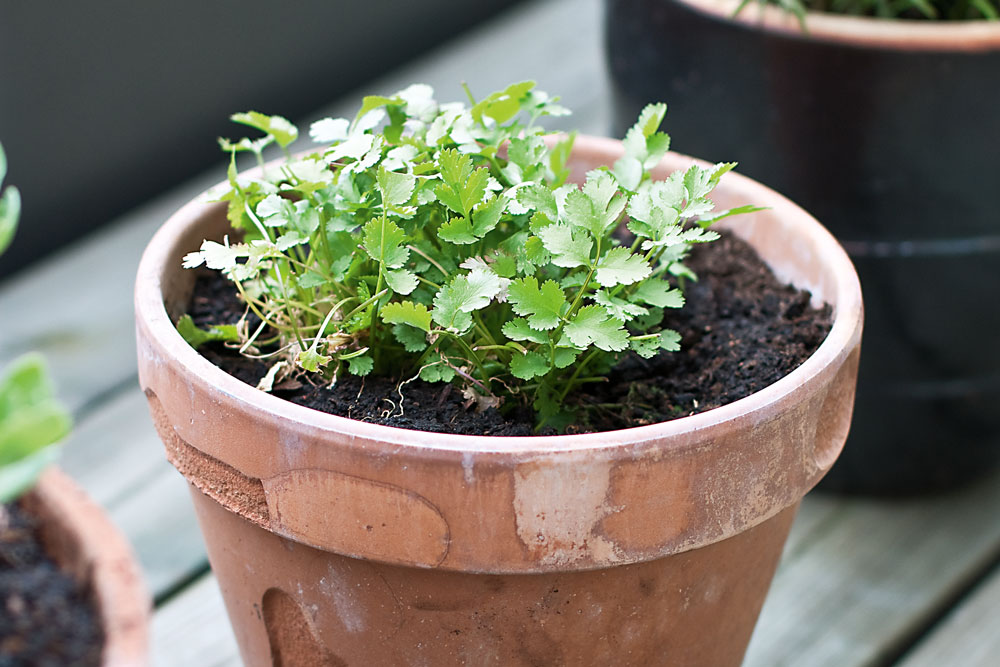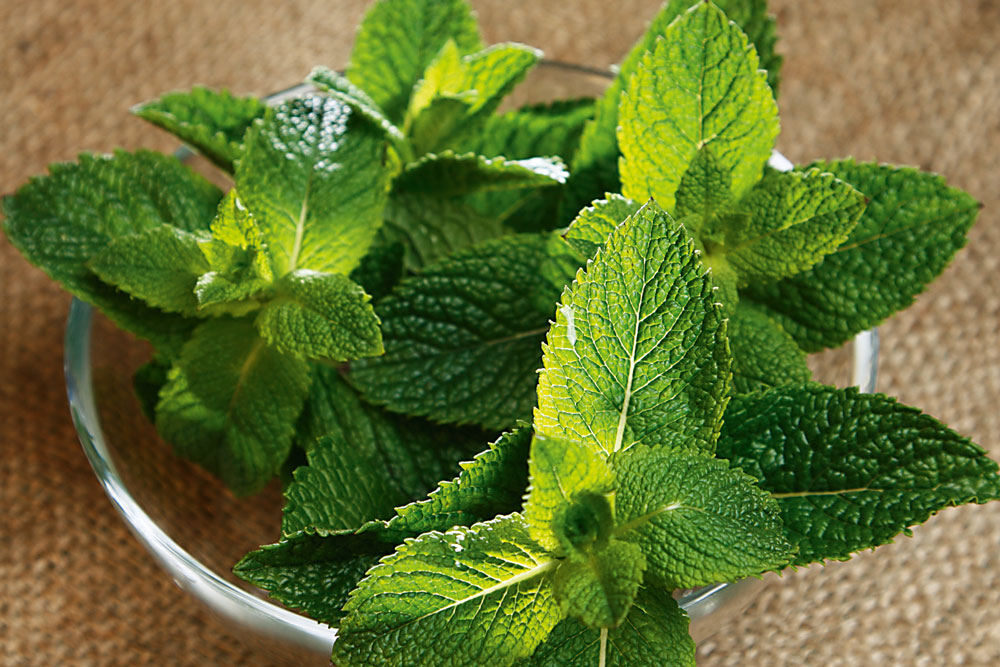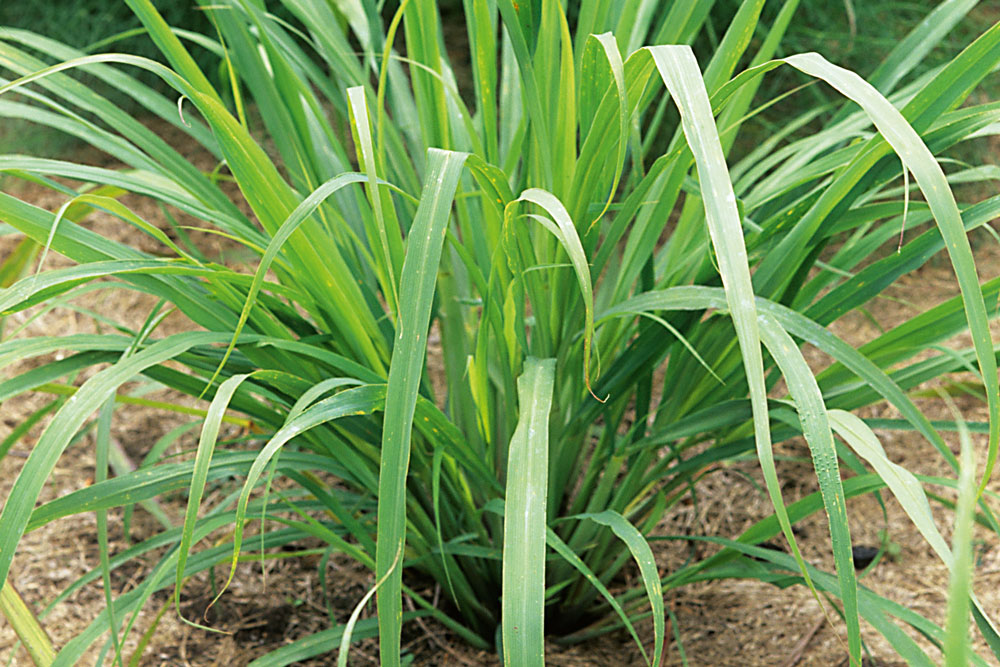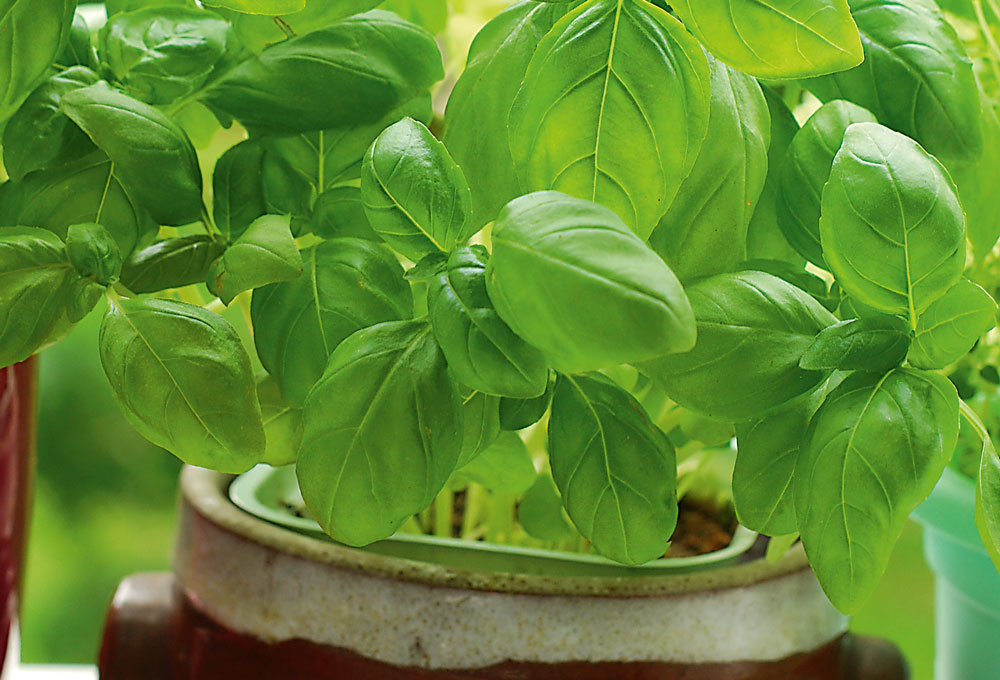
One of Australia’s best known and loved cooks Adam Liaw, winner of 2010’s MasterChef series, grows as many of his own herbs as possible.
Says Adam, ‘They taste better when fresh and are very easy to grow. A bunch of mint might cost $5 but for that price you can buy the whole plant and keep on using it as it’s so prolific.
‘Lots of my herbs end up in Thai or Vietnamese-style salads. I just walk out the back door, pick them fresh then toss with fish sauce and lime juice. Add a few other things like onion, grilled chicken, prawns or squid and you have a great dish.’
South Australian-based Adam was born in Penang and has been cooking for his large, Malaysian-Chinese family from age eight using influences from all over Asia. Adam says some of his favourite recipes have been passed down through three generations.
‘My signature dish is Hainanese chicken. It’s from a very old family recipe and is probably the one I’ve been making the longest.’
Growing in pots
Adam sticks to one variety per pot in his low fuss, easy-care herb garden.
‘I have a small courtyard and my herbs all grow in pots just fine.
‘Where a lot of people go wrong is they try to cram too much into one area with too many varieties, thinking they like the same growing conditions,’ says Adam.
‘Some herbs need more space than others but most are great in a pot.
‘Mint is essentially a groundcover and needs more room compared with a herb like basil which grows upwards and so needs a taller pot.’
TIP Adam relies on just one product to maintain his container garden, an all-purpose, flowering plant fertiliser.

Coriander is a staple for Asian salads, grow it in a shady spot for months of lush leaves
Top flavour boosters
When it comes to versatility, Adam has three top herbs that are stars in his garden and his kitchen. He likes mint for its fresh light flavour, lemongrass for its unique taste and basil for its versatility.
Mint
‘There are lots of mint varieties. Vietnamese mint is called laksa leaf and used in Korean and Malaysian cooking,’ says Adam.
‘I use Japanese mint, or shiso, for wraps and teriyaki chicken.’ Mint spreads so contain the plant in a pot if you don’t have a lot of space.
Grow it in moist, slightly acidic soil in part shade and water regularly.

Mint is an ideal companion plant for cabbages and tomatoes
Lemongrass
‘I use lemongrass for curry pastes and tea. The flavour is in the whole plant but most people only use the middle white part, adding it to salads and stir-fries.
‘I boil the stiff root parts for cordial and use the longer, green stalks for skewers so the lemongrass flavours
the food while it’s cooking.’
Grow in well-drained soil in a warm, sheltered position and water regularly. Propagate by division and harvest by cutting the stalks at just above soil level.

Grow in well-drained soil in a warm, sheltered position and water regularly
Basil
‘Basil is available in many different varieties and a lot of the time they’re fairly interchangeable as far as flavour goes,’ says Adam.
‘In a stir-fry you’re fine to use a Western-style basil instead of the Asian variety.’
Grow from seed or buy seedlings and keep them healthy by spraying the foliage with a water soluble nitrogen fertiliser.

This article originally appeared in the February 2013 issue of Australian Handyman magazine

